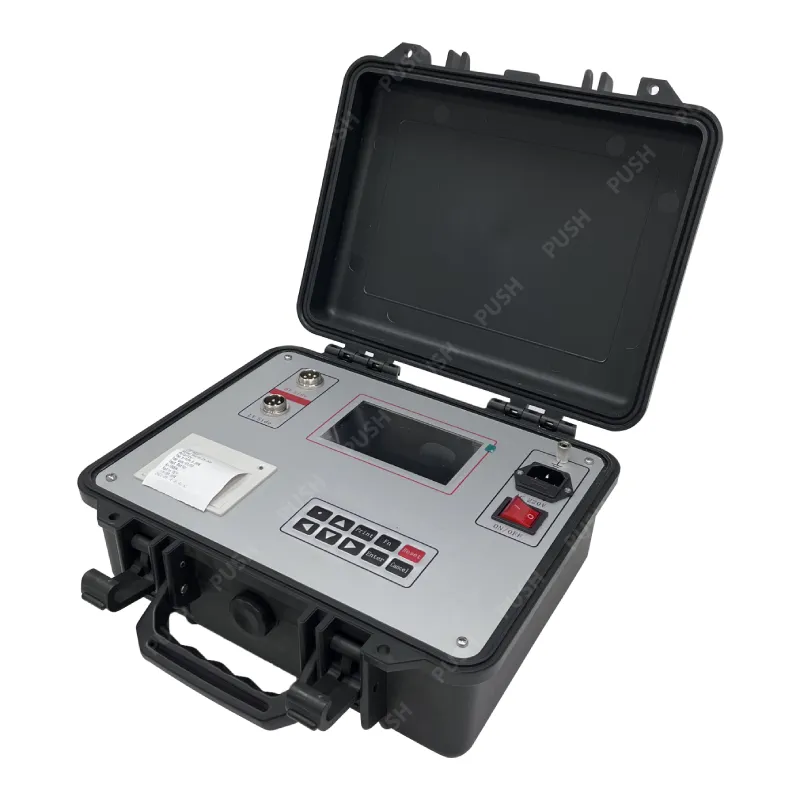 English
English


Essential Equipment for Precise Titration and Accurate Chemical Analysis in Laboratories
Understanding Titration Equipment A Key Component in Analytical Chemistry
Titration is a fundamental technique in analytical chemistry used to determine the concentration of a solution. It involves the gradual addition of a titrant, a solution of known concentration, to a analyte, the solution whose concentration is unknown, until the reaction reaches its endpoint. The equipment used in titration plays a critical role in ensuring accurate and reliable results. This article will provide an overview of the essential titration equipment and discuss their functions.
1. Burette
The burette is perhaps the most vital piece of equipment in titration. It is a long, graduated glass tube with a stopcock at one end, allowing precise control over the flow of liquid. Typically, a burette can hold 50 mL of the titrant. The accuracy of a titration largely depends on the precision with which the burette is used. The graduated markings enable the user to measure the volume of titrant added accurately. It is essential to ensure that the burette is properly calibrated and free of air bubbles before starting the titration process.
2. Pipette
To obtain a specific volume of the analyte solution, a pipette is used. Pipettes come in various types, including volumetric pipettes and graduated pipettes. Volumetric pipettes are designed for a single volume, providing high accuracy, while graduated pipettes can measure a range of volumes and are slightly less precise. The choice of pipette can affect the performance of the titration, as inaccuracies in measuring the analyte will lead to erroneous results.
3. Flask
titration equipment

The titration flask, often a conical flask or Erlenmeyer flask, is where the analyte solution is placed. The conical shape of the flask allows for easy mixing of the solutions, which is crucial when nearing the endpoint of the titration. Additionally, these flasks usually come with a wide mouth, facilitating the addition of the titrant from the burette and making it easier to swirl the mixture. Proper mixing helps ensure that the reaction proceeds smoothly and evenly.
To determine the endpoint of the titration, a pH indicator or pH meter is used. Chemical indicators change color at certain pH levels, signaling that the reaction is complete. While traditional indicators provide a visual cue, pH meters offer a more precise measurement of acidity or alkalinity across the entire range and are particularly useful in more complex titrations.
5. Magnetic Stirrer
For solutions that require thorough mixing, a magnetic stirrer can be employed. This device contains a rotating magnet that spins a stir bar placed inside the flask, ensuring consistent mixing without excessive manual intervention. This aids in achieving a more uniform reaction, particularly in titrations involving solid solutes or highly viscous solutions.
Conclusion
In conclusion, titration equipment such as burettes, pipettes, flasks, pH indicators, and stirrers are essential tools in analytical chemistry. The accuracy and reliability of titration results heavily depend on the proper use and calibration of this equipment. Understanding how each component functions allows chemists to conduct titrations with confidence, contributing to various applications in laboratories and industries worldwide. By mastering titration techniques and utilizing the correct equipment, chemists can achieve precise measurements critical for research and quality control processes.
-
Differences between open cup flash point tester and closed cup flash point testerNewsOct.31,2024
-
The Reliable Load Tap ChangerNewsOct.23,2024
-
The Essential Guide to Hipot TestersNewsOct.23,2024
-
The Digital Insulation TesterNewsOct.23,2024
-
The Best Earth Loop Impedance Tester for SaleNewsOct.23,2024
-
Tan Delta Tester--The Essential Tool for Electrical Insulation TestingNewsOct.23,2024





